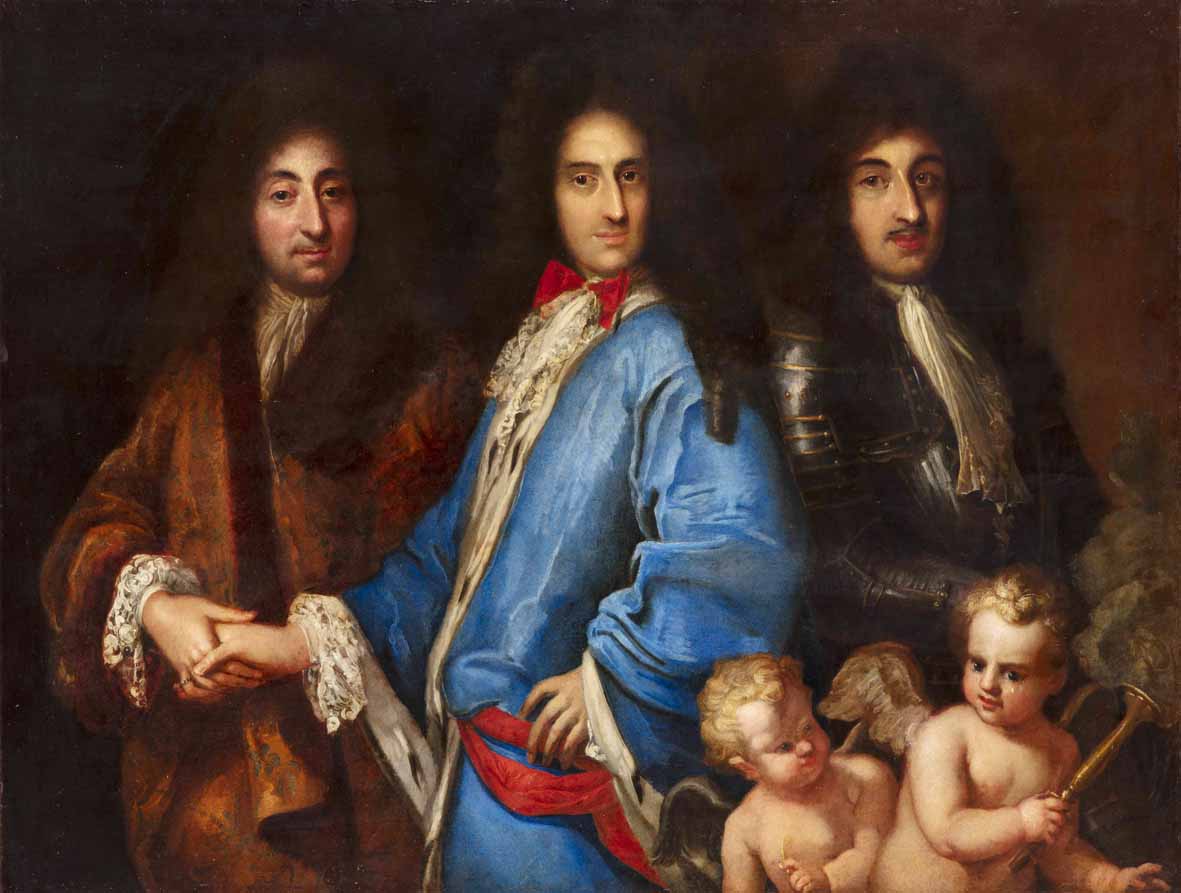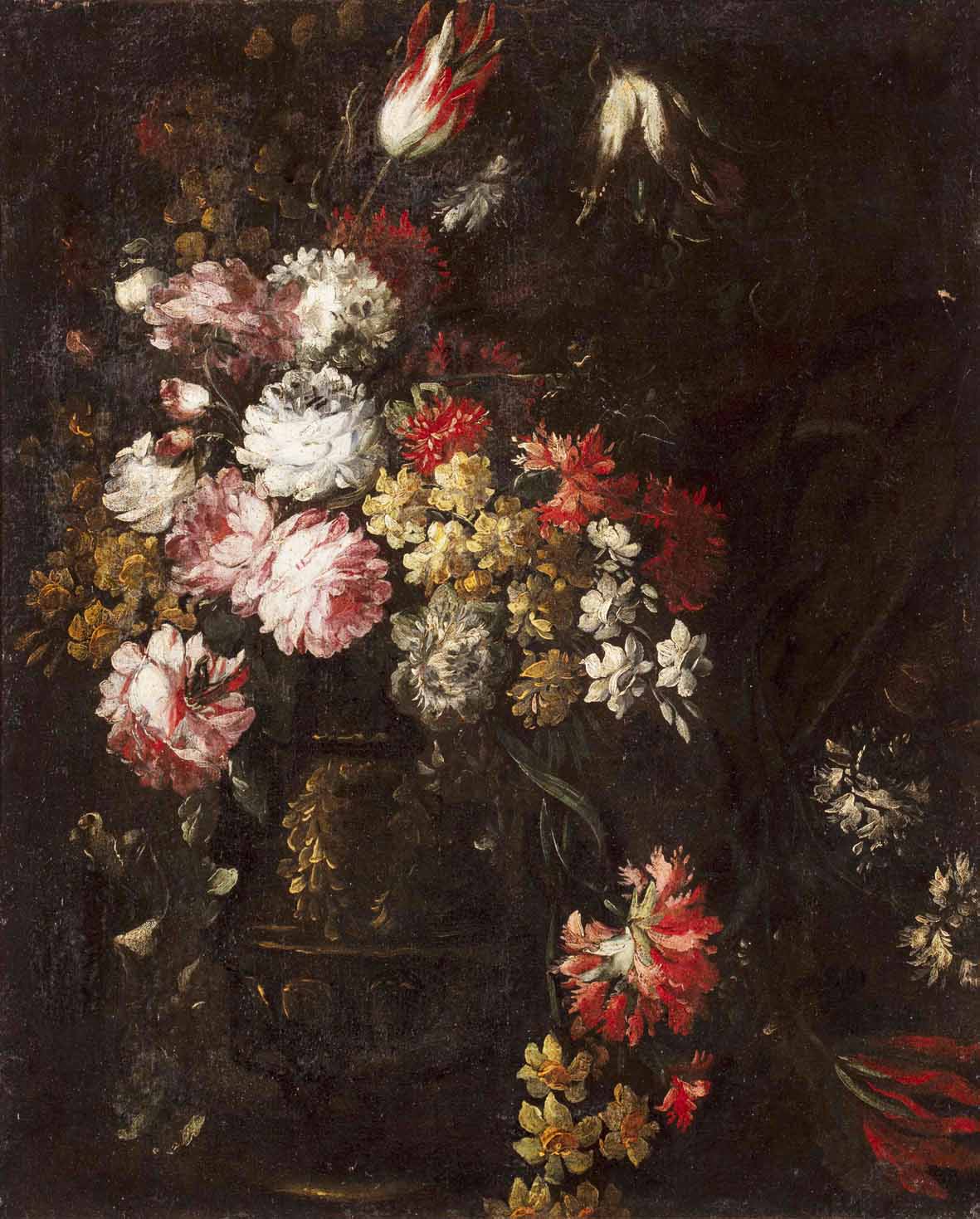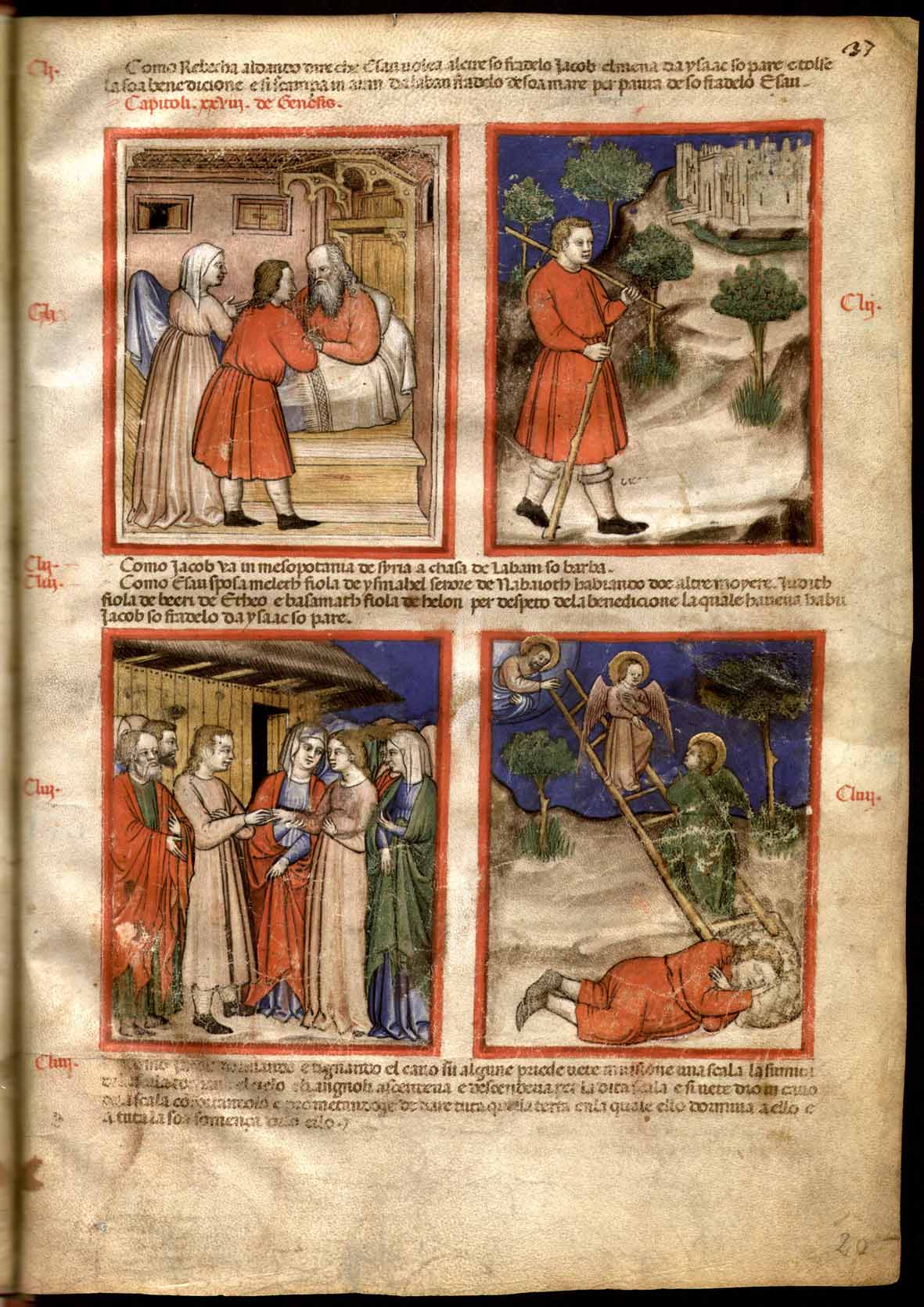A collection with a singular history goes on display in Rovigo , since it was at the center of a race to... dispose of it. From December 2, 2023 to March 10, 2024, at Palazzo Roncale, exhibition venue of the Fondazione Cassa di Risparmio di Padova e Rovigo, the exhibition Il Conte e il Cardinale. Masterpieces from the de Silvestri Collection, the brainchild of Sergio Campagnolo and curated by Alessia Vedova, will indeed bring the story of the De Silvestri family’s collection to new light: it was 1877 when the last two heirs, Count Gerolamo De Silvestri and his brother, Cardinal Pietro De Silvestri (hence the title) bequeathed the family picture collection half to the Episcopal Seminary and the other half to the City of Rovigo and the Accademia dei Concordi. However, without establishing what was to come to whom. The collection consisted of more than 200 works: a very unwieldy collection for the two brothers, so much so that the bequest provoked... a reverse dispute. Both heirs in fact struggled to dispose of the collection, trying to offload ownership of the collection to the other, considering it too onerous to manage and not at all interesting.
The Seminary gladly acquired the archaeological collection that the de Silvestri family had left along with the picture gallery, while they hoped that the latter would be taken over by the Accademia dei Concordi, which had been the happy recipient of another family bequest, the extremely valuable Silvestrina Library, full of 40,000 documents and volumes, including unique masterpieces such as the fourteenth-century Bible Istoriata Padovana. Another gem of the estate, the House of Francesco Petrarca in Arquà, had already been destined by the De Silvestri family to the City of Padua, to which it still belongs.
The dispute arose from the fact that it was not possible to refuse the bequest, which an expert of the time described as “junk store stuff.” Thus, after long diatribes, the race to dispose of it was solomonically resolved by numbers: the works with an even inventory number went to the Bishop’s Seminary, the odd number to the Academy. Then, in more recent times, at the recent confluence of the Seminary’s Pinacoteca with the Accademia’s Pinacoteca, the dismembered collection came back together, recovering the original unity to which the two illustrious donors had aspired.
Why such indifference to such an impressive art collection? The curator of the exhibition, Alessia Vedova, explains: “That of the de Silvestri nobles is a typical private collection of the time: many eighteenth- or seventeenth-century works, which were not particularly appreciated at the time, a good number of copies wanted for study or decorative purposes, portraits, still lifes, small landscapes, devotional works. Nothing that really intrigued Academicians or ecclesiastics.”








And to think that the collection, on the contrary, includes names of important artists, so much so that to our eyes the choice to dispose of the collection appears short-sighted. The collection includes great 14th- and 15th-century works by Nicolò di Pietro and Quirizio da Murano, which are among the masterpieces of the present Pinacoteca, and then canvases by artists such as Sebastiano Mazzoni, Giuseppe Nogari, Giovanni Battista Pittoni, Pietro Della Vecchia, Giambattista Piazzetta, Pietro Longhi, Fra Galgario and several others.
“This exhibition,” the curator continues, “turns the spotlight back on the Collection and makes it the subject of a major study campaign, preceded by a new photographic campaign. Almost 150 years after the donation, it will analyze and document this heritage that has largely ended up in storage. The scientific investigation of all the works will continue after the exhibition, and in this work I will be joined by other university specialists. Upon completion of this research, images and scientific records of the entire collection will be made available online. Another project involves putting online the entire Historiated Bible, an illuminated manuscript now divided between Rovigo and the British Library in London.”
The exhibition offers the public a selection of the most significant works from the collection, but as is in the tradition of Palazzo Roncale exhibitions, it also aims to acquaint the public with the history of the De Silvestri family, present in Rovigo since the Estense Duchy. Not only the figures of the two last protagonists will be investigated, but also those of other members of a family that distinguished itself in many ways in the city and Polesine. The story of Cardinal Pietro, a prominent personality in mid-nineteenth-century Rome, a crucial moment for the fate of the Papal States, is also presented. Silvestri took on the task of pursuing the interests of the Austro-Hungarian Empire at the throne of Peter, except that he became convinced of the need to unite Rome with the new Kingdom of Italy, a position naturally opposed by the papal court, to the point that no solemn tribute was paid to him upon his death. His body was silently interred at the Verano Cemetery and then moved to the family tomb in Rovigo. Then, with the Cardinal’s death in 1875, preceded by a year by that of his brother, the family died out. The palace and property not otherwise assigned finally came to the Bishop of Adria, and from them the “Patronage-School de Silvestri for poor girls” came to life. A truly unique example of munificence, which the exhibition allows, for the first time, to deepen and document.
The exhibition is sponsored by the Fondazione Cassa di Risparmio di Padova e Rovigo in collaboration with the Municipality of Rovigo, Accademia dei Concordi and the Bishop’s Seminary. For all information you can visit the Foundation’s website.
 |
| The collection drawn (to dispose of it): the De Silvestri Collection on display in Rovigo |
Warning: the translation into English of the original Italian article was created using automatic tools. We undertake to review all articles, but we do not guarantee the total absence of inaccuracies in the translation due to the program. You can find the original by clicking on the ITA button. If you find any mistake,please contact us.